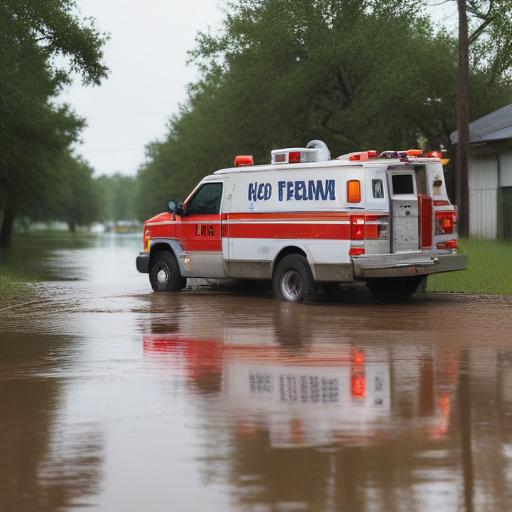Severe flooding in Texas has led to nearly 120 fatalities, marking a significant test for the Federal Emergency Management Agency (FEMA) amid ongoing scrutiny of its operations under the Trump administration. Current and former FEMA officials have noted that while the flooding has caused widespread loss of life, the limited geographic impact means the agency’s response capabilities are not fully being assessed. The more demanding challenges may emerge later in the summer, as the threat of hurricanes looms.
Amid discussions about FEMA’s future and calls from President Trump to consider downsizing or changing the agency’s role, Secretary of Homeland Security Kristi Noem has taken measures to increase her oversight of FEMA’s spending. Notably, she now requires her approval for all expenditures over $100,000, which experts argue could slow down vital assistance to disaster-stricken areas. In response to criticisms regarding bureaucratic delays, FEMA has set up a task force aimed at expediting the approval process.
There has been significant turnover within FEMA, with 16 senior officials leaving the agency recently, taking with them decades of expertise. This shift has raised concerns about continuity and effectiveness, given the agency currently manages over 700 open disaster cases. Some members of Congress, including Texas Senator Ted Cruz, have emphasized the critical nature of FEMA’s role in disaster response while acknowledging the need for reforms to enhance the agency’s responsiveness.
A recurring theme among officials has been the emphasis on reducing red tape, although the new requirement for personal approval from Noem may counteract this goal by adding layers of bureaucracy. Furthermore, the agency has ceased its practice of sending staff to directly engage with disaster survivors, raising concerns about access to essential services for victims.
Looking ahead, questions remain regarding the appropriate division of responsibilities between FEMA and the states, especially with larger states potentially taking on more disaster management duties. Experts have suggested incentivizing states to handle smaller disasters more independently, making federal assistance a backup option rather than a primary resource.
The ongoing conversations about FEMA’s operations and its future appear to be an integral part of ensuring that effective disaster response strategies are in place, focusing on both federal and state roles. As FEMA navigates these developments, the hope is that reform efforts can lead to a more efficient and proactive agency prepared for future emergencies.
